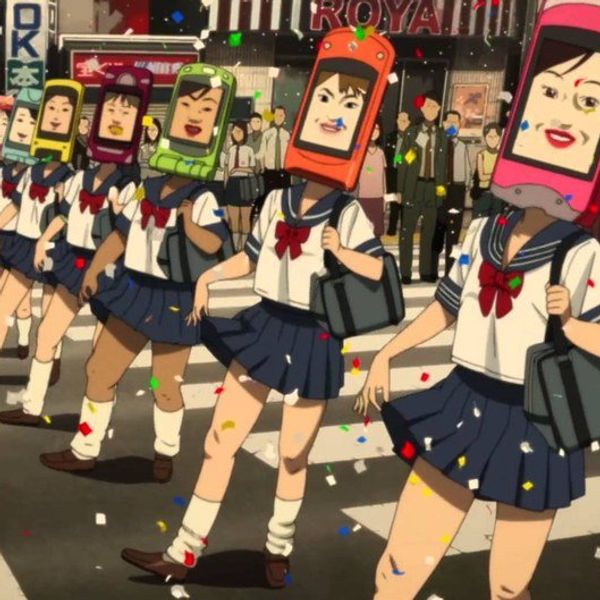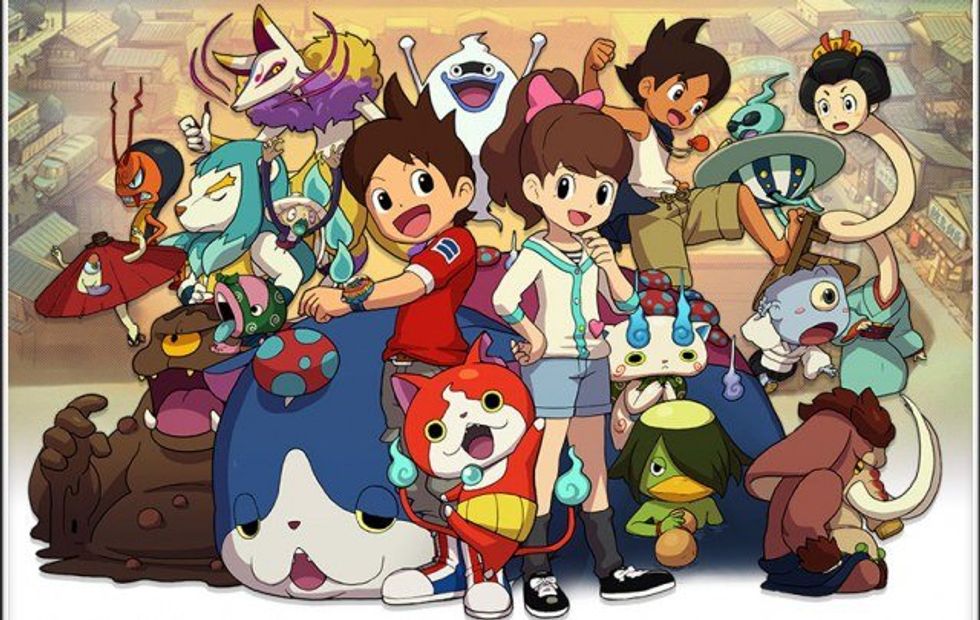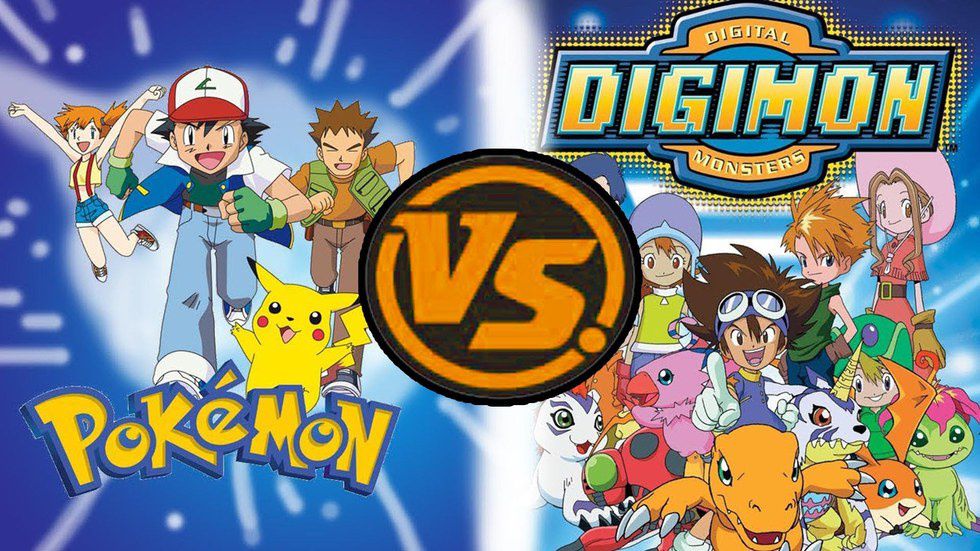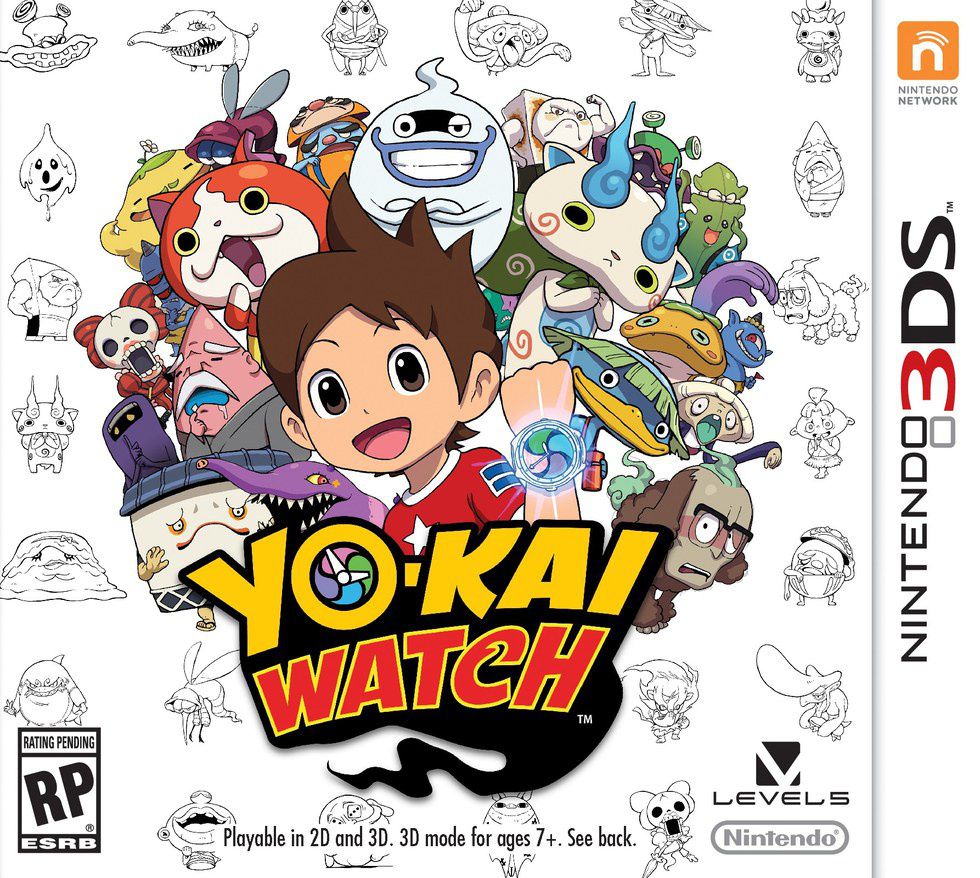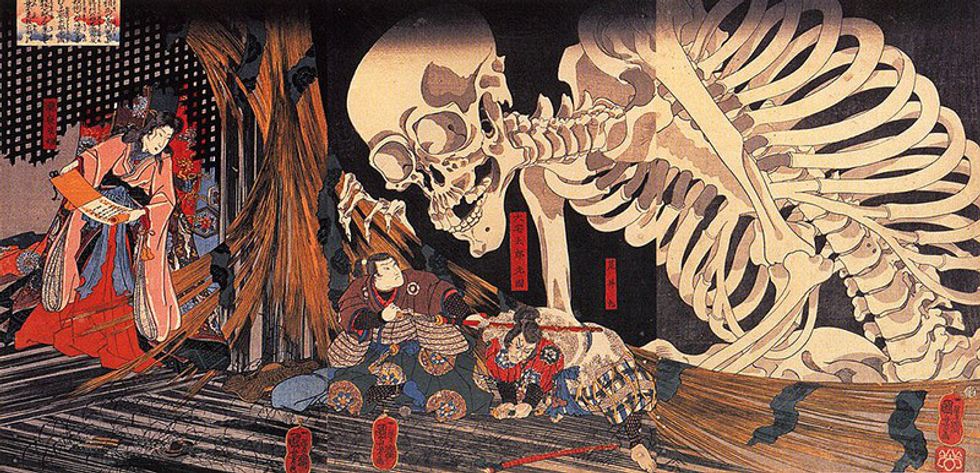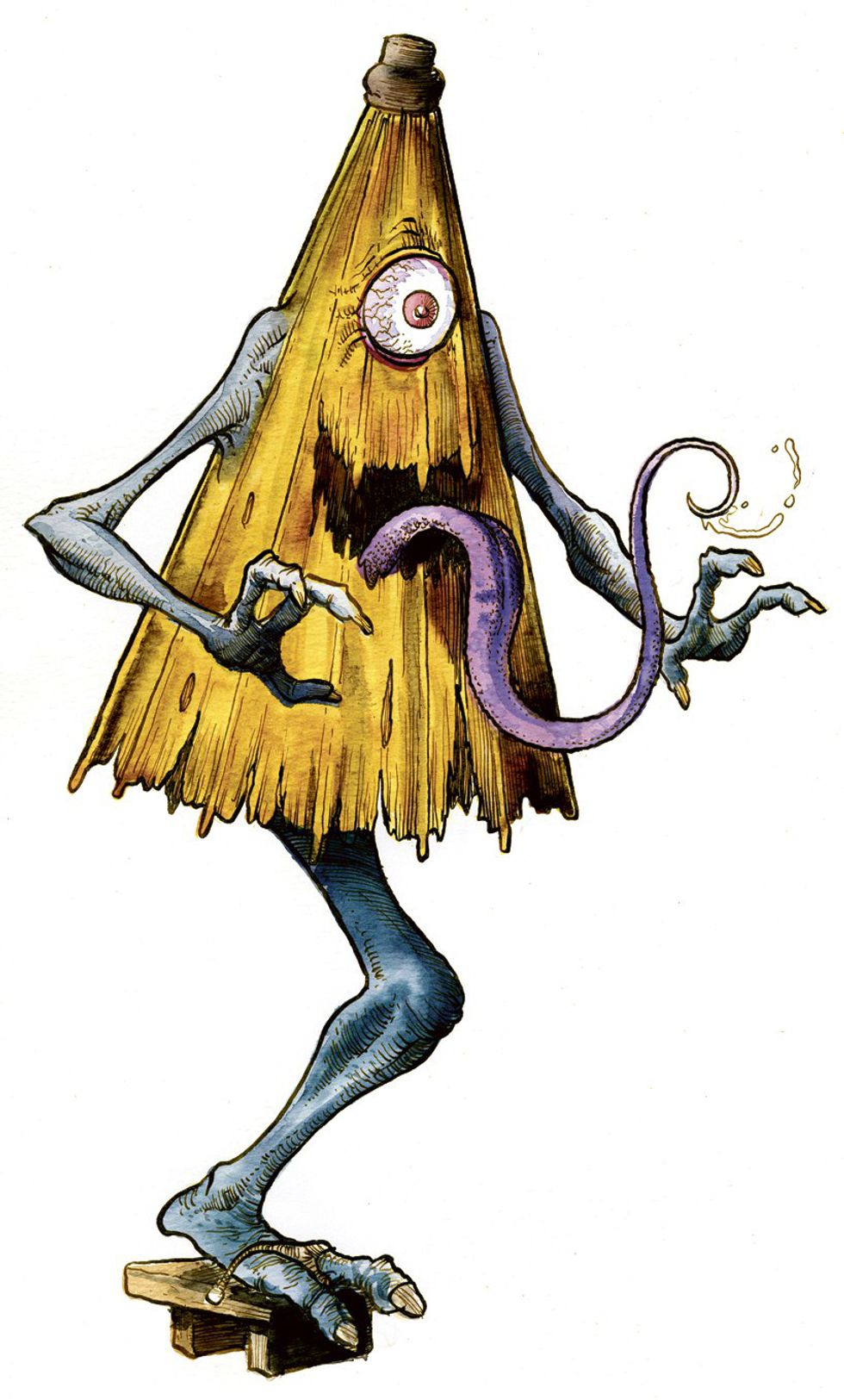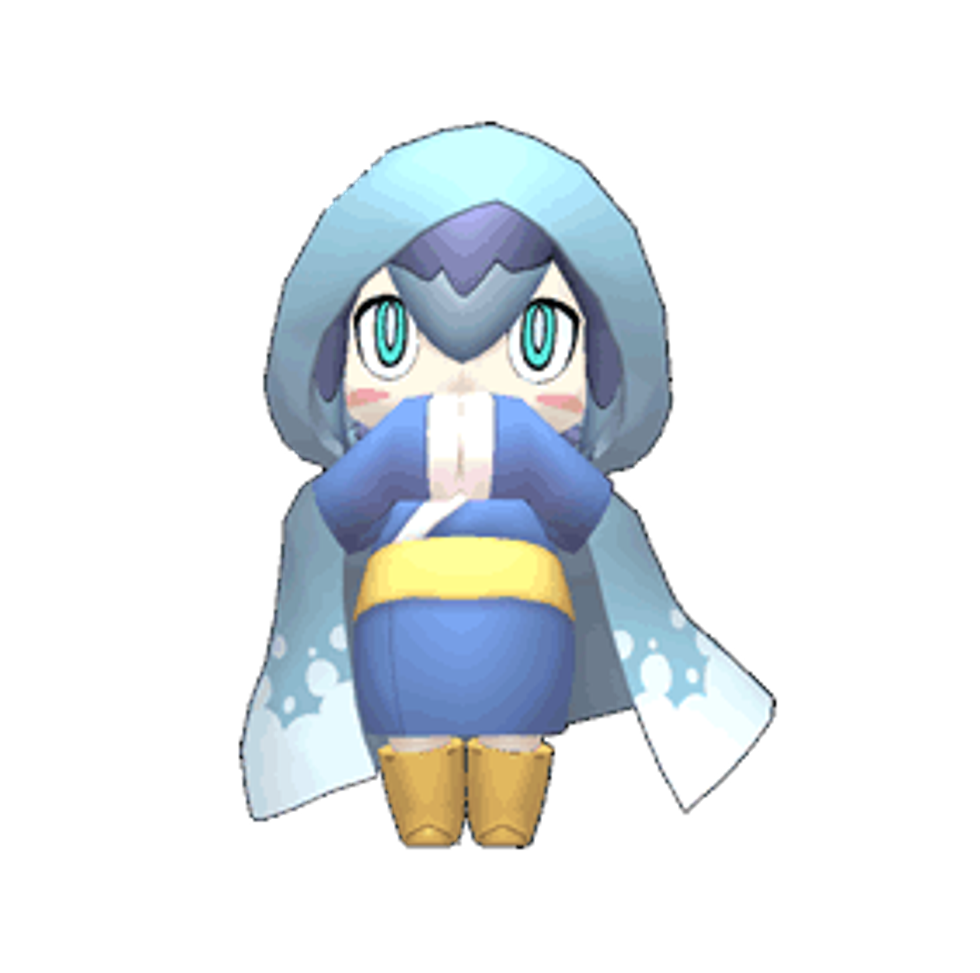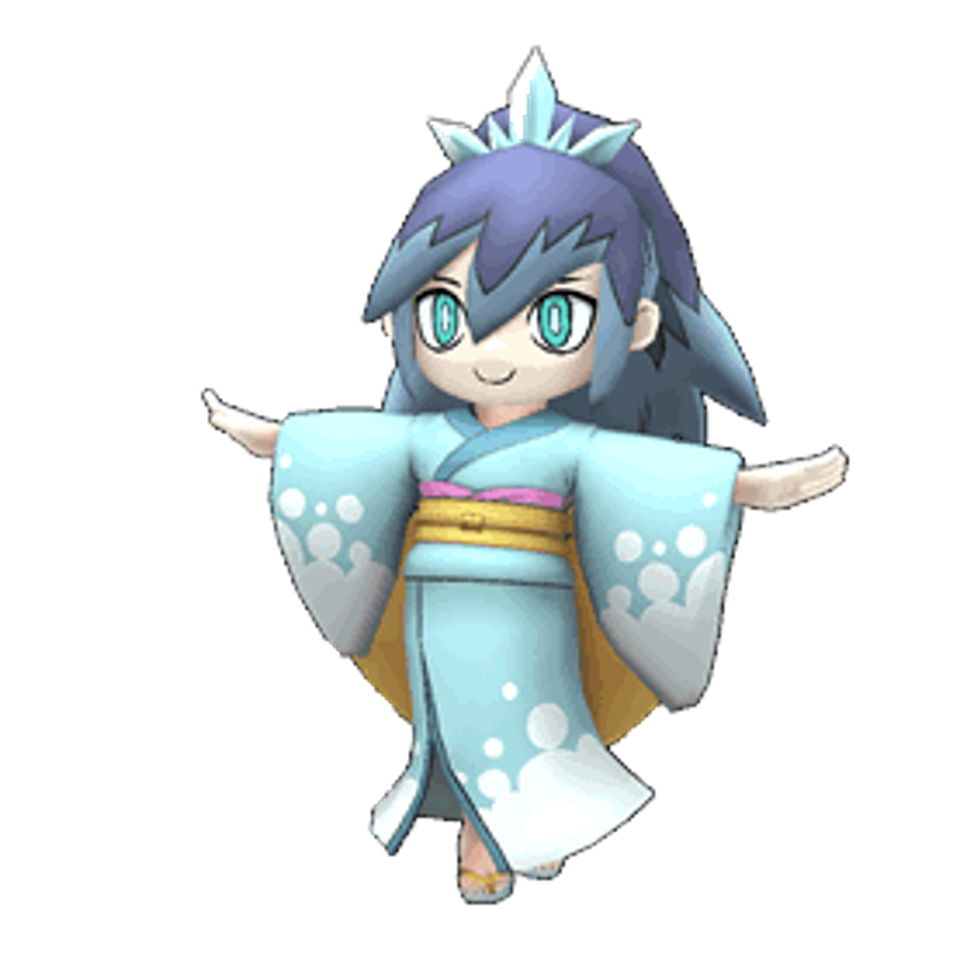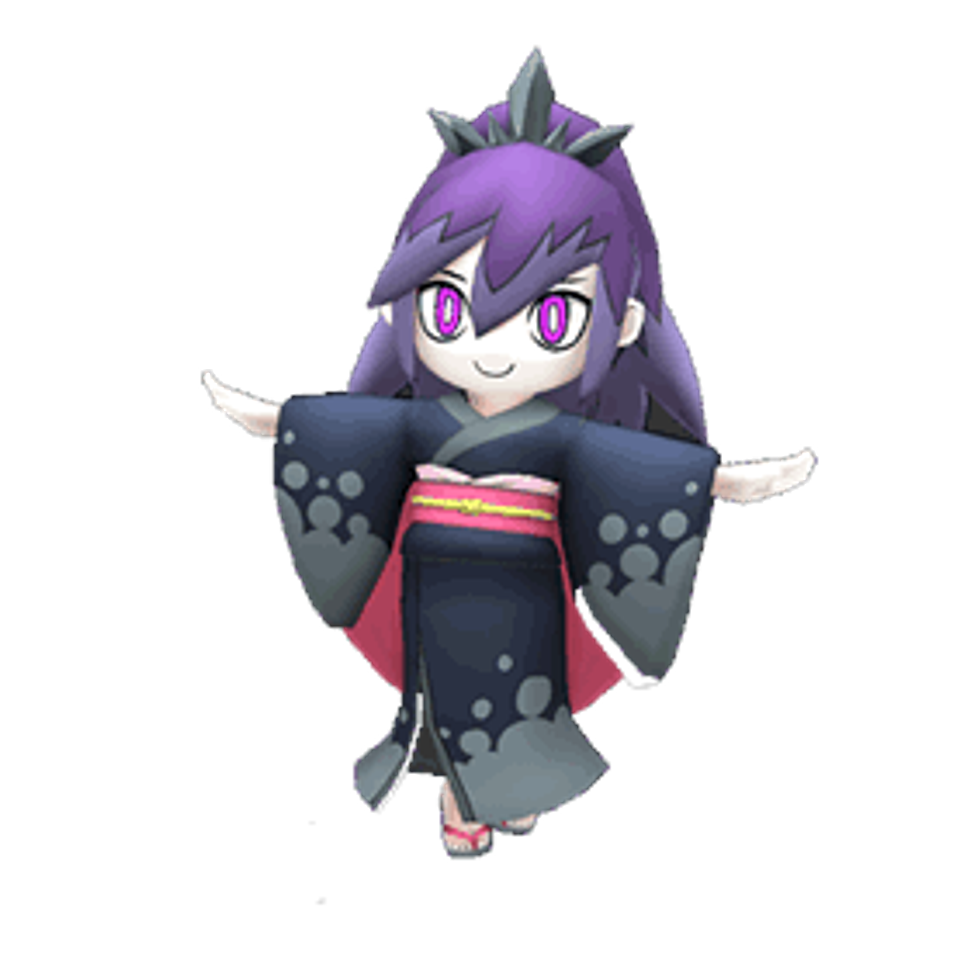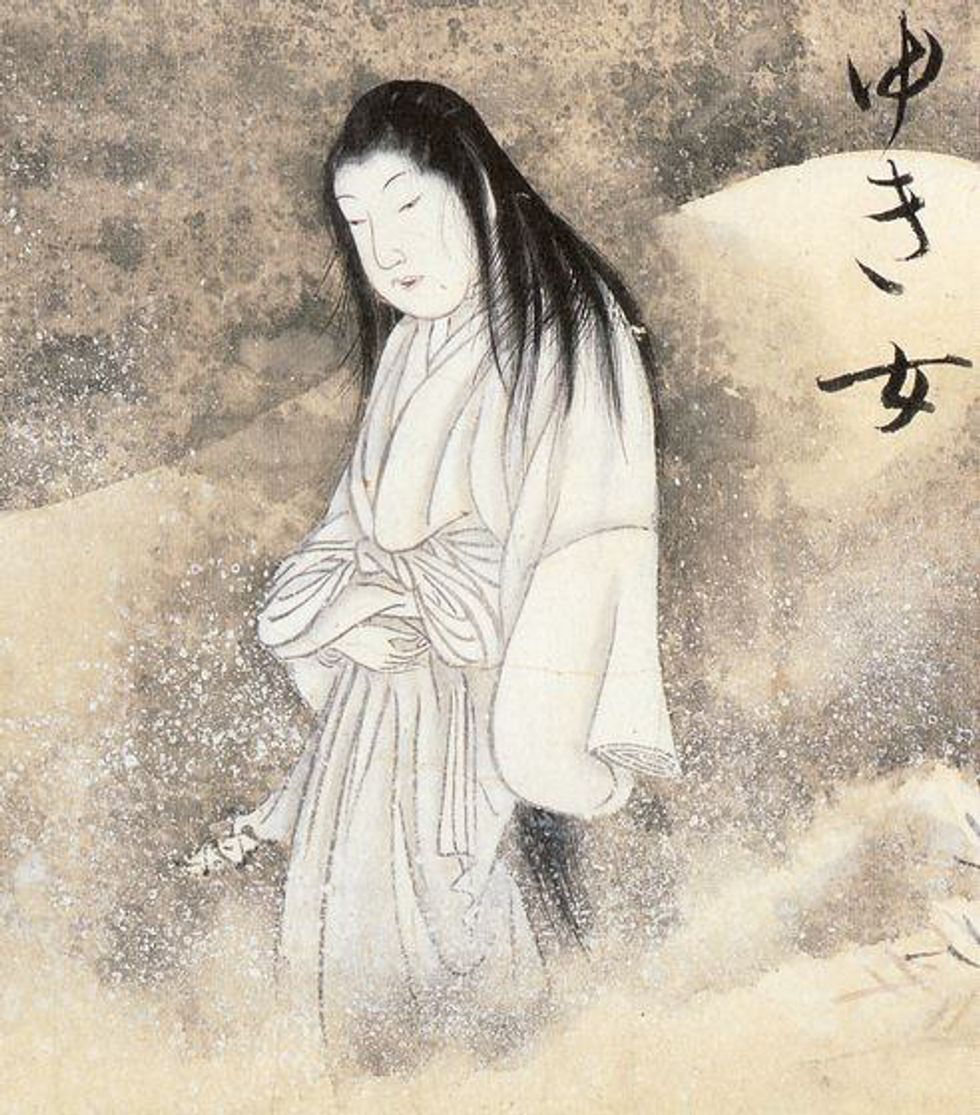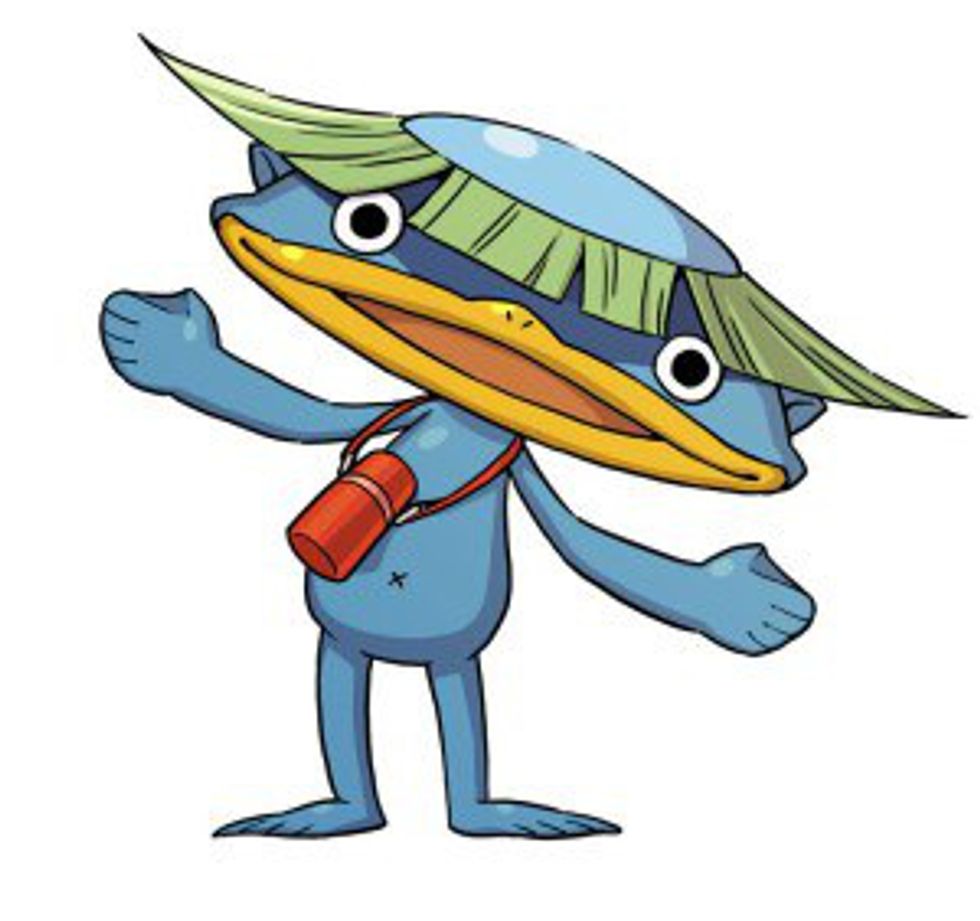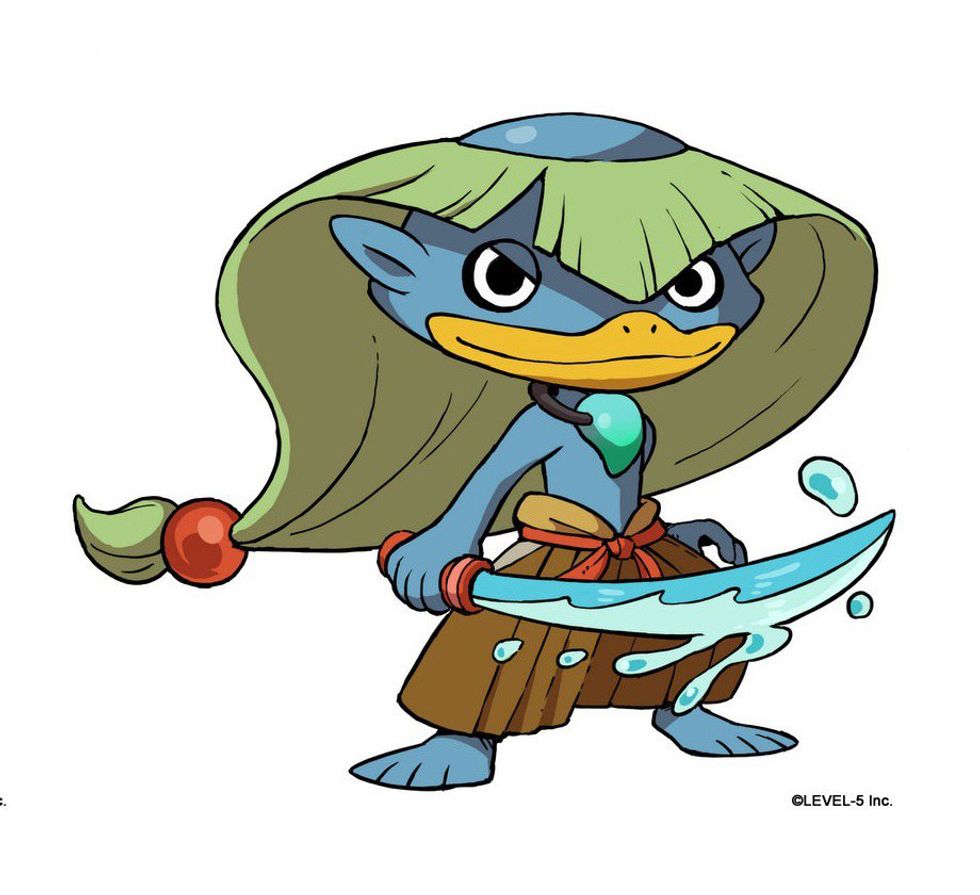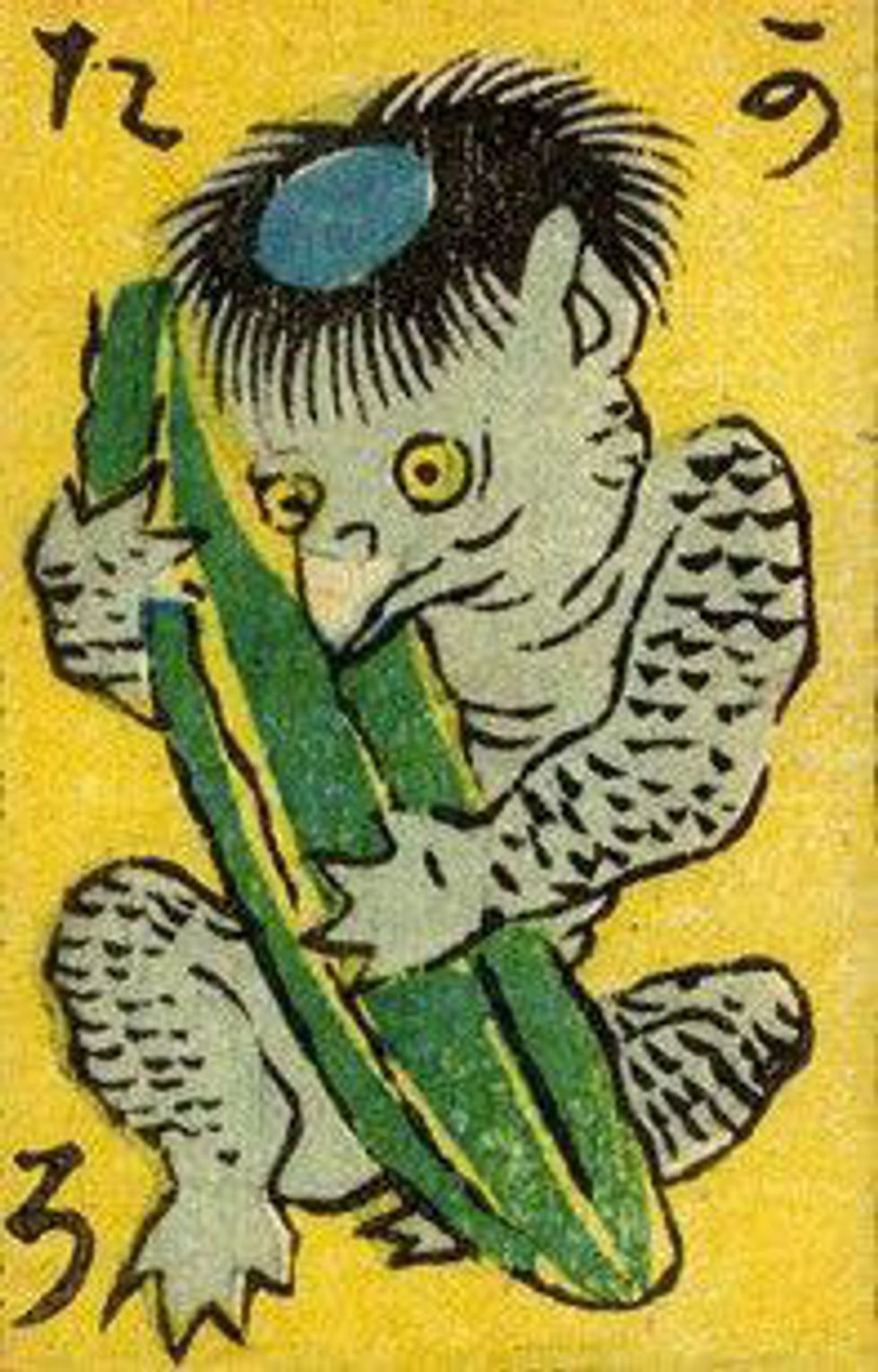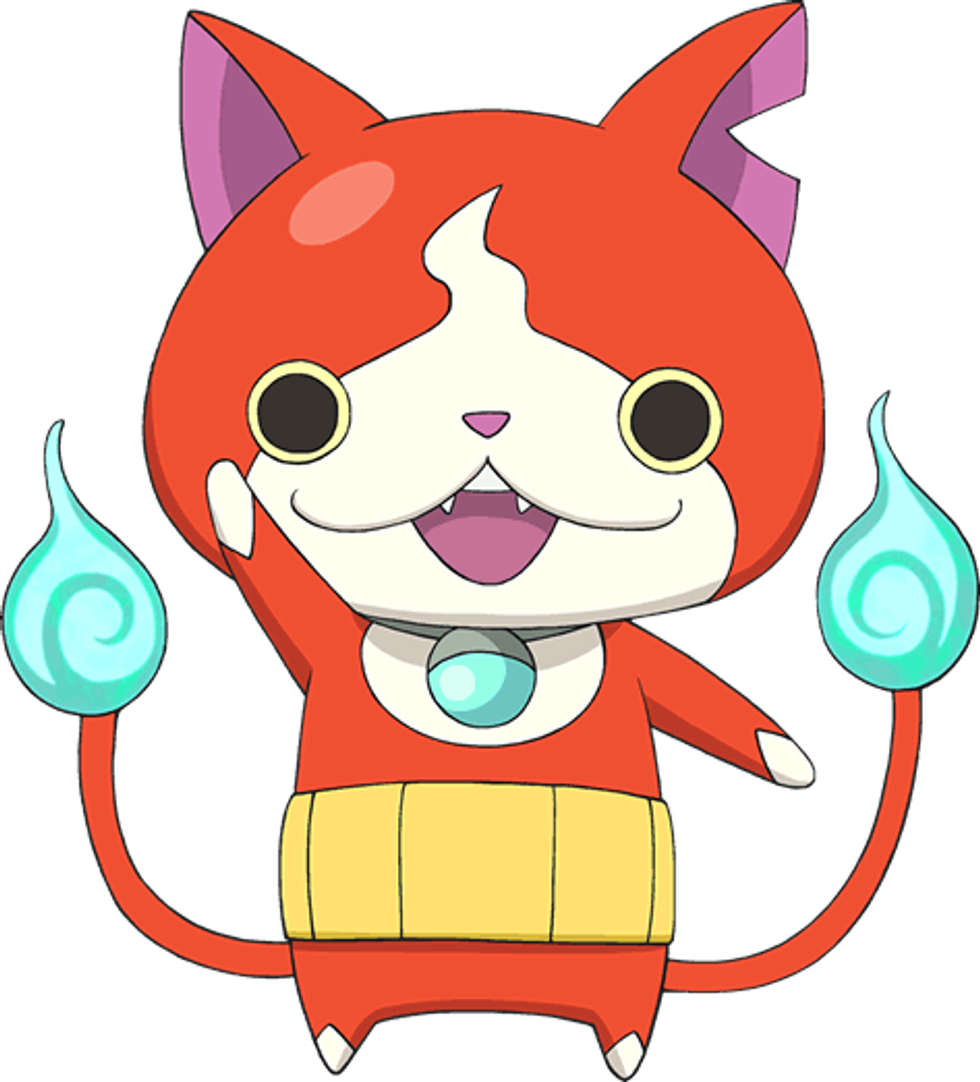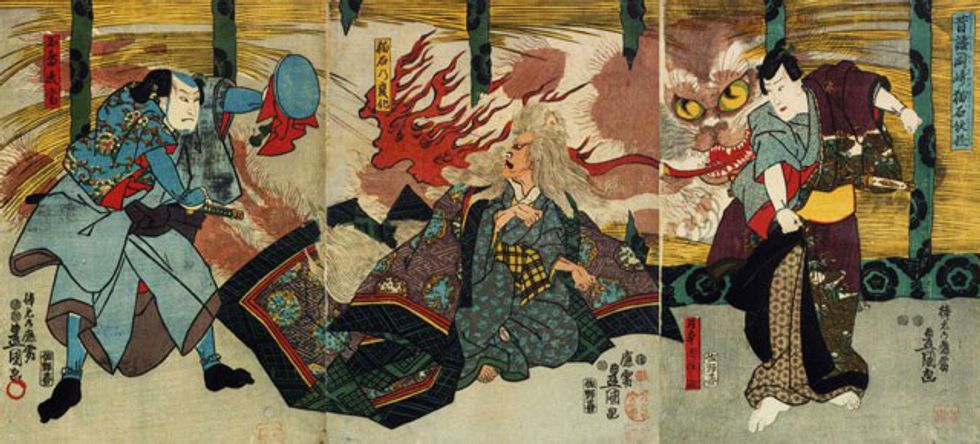Kids who grew up in the '90s had to argue over which was better, "Pokemon" or "Digimon." These franchises were huge when they came out and, as I got older, I came to realize that some "Pokemon" and "Digimon" are based off of different cultures and mythology.
Nintendo surprised me earlier this year with the announcement of a new game by Level 5 games, "Yokai Watch."
At first, I didn’t know what to say about the game. It looked like the cuteness of "Pokemon" and had the same fighting mechanic, but had the feel and environment of "Digimon" as it is set in the real world version of Kanto (yes, Kanto is a real region in Japan and not just something in "Pokemon"). As more and more news about the game came out, I had to do some digging on what the “monsters” of this game were. I came to discover that the monsters are literally just that, monsters! The catch here is that these monsters are based off of supernatural creatures/entities from Japanese folklore! Being fascinated with Japanese culture and having taken some courses in college, I dove into the game’s lore headfirst and watched the first episode of the cartoon as soon as it aired.
I came to discover that this game not only teaches the values of bonds and friendships, but it also teaches people about the diverse nature of Japanese folklore. My siblings immediately loved it and its mascot Jibanyan. Here is some information about some of the creatures and their real-world comparisons.
To cover our bases, Yokai are creatures that can range from malevolent to bringing good fortune if they meet someone. They are, at times, the reason for depression, anger, natural disasters, and even illnesses. They can be humanoid in their features, animal-like, or a mixture of both. This supernatural attribute can also apply to household items. Legends state that if an item is kept within a family for 100 years then they gain sentience and become a subclass of Yokai called Tsukumogami. Now that we have that settled, let’s look at some Yokai!
Our first Yokai is Frostina. Her Japanese name is "Yuki-onna." When literally translated, her name means "snow-woman." Traditionally, a Yuki-onna is the spirit of someone who died in the snow. Most stories with a Yuki-onna end tragically, but sometimes the spirit finds peace when the hero of the story befriends them or puts them to rest. Her evolutionary line consists of Blizzaria and, lastly, Damona.
(In order: Frostina/Blizzaria/Damona)
(And this is her mythological depiction)
Our second Yokai is called Walkappa and is based off of the creature known as a Kappa. The Kappa is a child-like humanoid with a duck bill and a turtle shell. They have a bald spot on their head to which must always be full of water. Without water they can grow weak, so they usually never stray from their river homes. They can either be playful, occasionally sumo wrestling with humans or playing shogi, or antagonistic, eating the souls of those who pass by their river. Walkappa can evolve into Appak, which is a more adult-like Kappa.
(In order: Walkappa/Appak/mythological depiction)
Finally we have our mascot of the series, Jibanyan. With his name being a combination of "Flip it" (evident from his intro flipping into frame) and "nyan" (the sound a cat makes in Japanese--like English’s “meow”) Jibanyan seems like the cute cat mascot that the game needs. The truth is much darker, however, as Jibanyan is based off the yokai class called the Nekomata. The Nekomata is a cat that's tail, upon reaching old age, split into two. These creatures would then either go off and live in the mountains or terrorize people with pranks. The Nekomata is also known for setting fires to people’s homes and, at times, eating humans.
There you have it. Although I only covered 3 out of the 100 plus Yokai in the game, "Yokai Watch" is beloved by a good amount of Japan’s youth and has been a hit here in here in America as well. As time goes on, and I research more about the game, maybe more wicked or cute creatures will pop up that I can expand upon.


